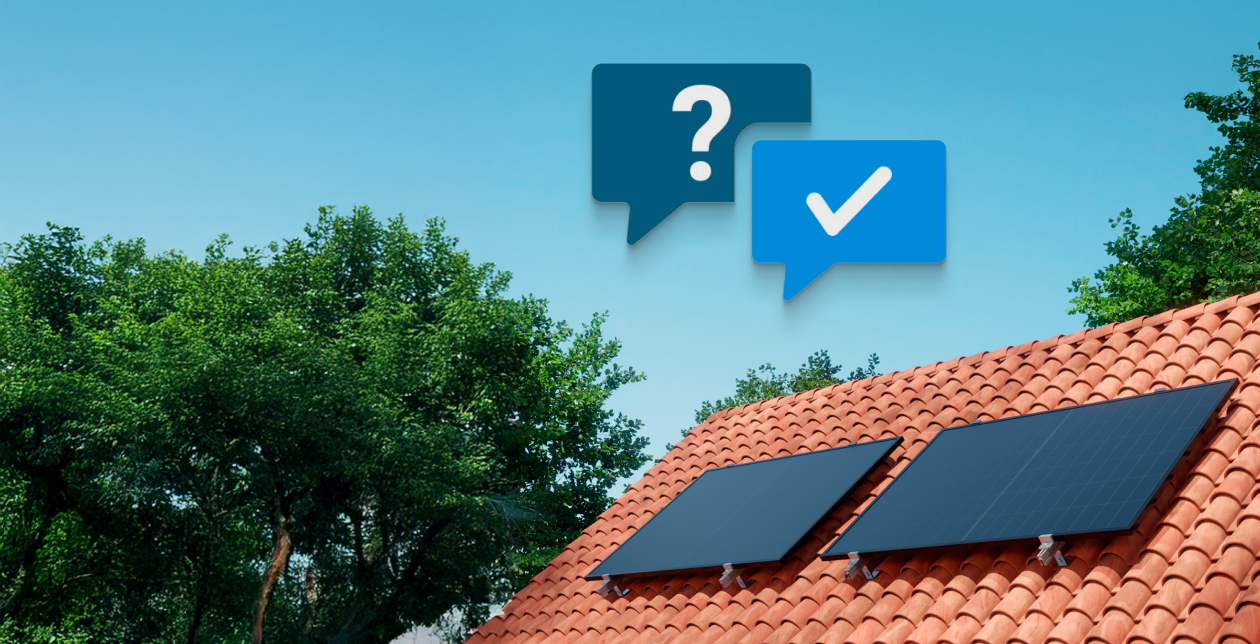
Robinsun poll results: most wanted solar topics
In April, we launched a series of polls on our social media channels to find out which topics you'd like us to cover in the Robinsun Academy.
We received many responses, also in direct messages, and today we’re sharing the most voted topics and why we’re diving deeper into them in this blog.
Why did we launch this poll?
At Robinsun, we’re in constant conversation with our community of solar enthusiasts. That’s how we gather first-hand insights about your questions and interests, helping us offer the best possible solar solutions.
But this time we wanted to go one step further: we launched a poll to learn exactly what you want to understand better and what you'd like us to explain.
What topics did you choose?
Components of a plugin solar kit
In the first question, we offered several options: solar panels, microinverter, mounts, and batteries.
The most voted component was solar panels.
Topics you’d like to learn more about
In the second poll, we proposed different general-interest topics. The most selected was how to save money on your electricity bill.
Another recurring question we've received, especially after the recent blackout, is whether a solar kit continues working during a power outage, and what is needed to use solar energy in an emergency.
So in this blog, we're answering both of those questions in detail.
How does a solar panel work?
A solar panel converts sunlight into electricity through a process known as the photovoltaic effect. Here's how it works, step by step:
- Capturing sunlight: Solar panels are made of photovoltaic cells, usually silicon, that absorb solar radiation.
- Generating electricity: When sunlight hits the cells, it triggers the movement of electrons in the semiconductor material, creating direct current (DC).
- Converting the energy: An inverter or microinverter in the case of plugin kits converts that DC into alternating current (AC), which is what your household devices use.
- Using the energy: The electricity can be used directly in your home, stored (if you have a battery), or injected into the grid if the system allows.
In short, a solar panel transforms sunlight into usable electricity for your home.
How do you save money with a plugin solar kit?
A plugin solar kit with two bifacial solar panels and an 800 W microinverter, installed in Spain or Portugal with south orientation and a 20° tilt, can produce over 1,900 kWh per year.
According to datosmacro, the average electricity price in Spain for 2024 is €0,24/kWh, which means a potential saving of up to €475 per year.
With current prices starting at €399 in Spain and €359 in Portugal (due to lower VAT), the kit can pay for itself in just 10 months. After that, you’ll enjoy free energy and ongoing savings for the next 29 years, which is the guaranteed lifespan of the system.
If you want to estimate exactly how much you could save, try our savings calculator. You can input your location, number of panels, orientation, tilt based on the type of mount, and your electricity price to get a personalized result.
Does a solar kit work during a power outage?
A plugin solar kit automatically stops injecting energy into your home’s electrical system the moment a blackout occurs.
This is due to an internal safety system that cuts off the power flow to prevent accidents, as legally required by the electrical code.
For example, if you're doing electrical work at home and shut off the main power, the system ensures the kit doesn't keep sending electricity. Otherwise, it would be like working with the power still on.
That’s why the kit automatically stops working when it doesn’t detect power from the grid.
How to use a solar kit during a power outage
To use a solar kit during a power outage, you’ll need to add an energy storage system that is compatible for off-grid use.
Off-grid storage systems store the energy generated by your solar panels and have a dedicated outlet for plugging in essential appliances during partial or total grid outages.
Power outage-compatible solutions we offer:
- Marstek Venus E: Stores 5,12 kWh and delivers 2.500 W off-grid, letting you power your appliances for hours or even days without grid electricity.
- Anker Solarbank 2 PRO & AC: Stores 1,6 kWh with 1.000 W off-grid output, ideal for keeping essential devices running during short blackouts. Both system’s off-grid output can be raised to 1.200 W with at least 1 extension battery connected.
- Solar boilers: While not designed for plugging in devices, they run 100% on solar energy, so you can still enjoy hot water in an isolated home or during a power outage.
Conclusion
Thanks to your responses, we’ve been able to identify the topics that matter most to the Robinsun community and provide useful, clear, and practical information. We hope this blog helps you better understand how to get the most out of solar energy at home.
We’ll keep listening to your feedback to continue creating content that answers your questions and supports your solar journey. If you have any further questions, feel free to reach out to our specialists via email, WhatsApp, or a direct call.

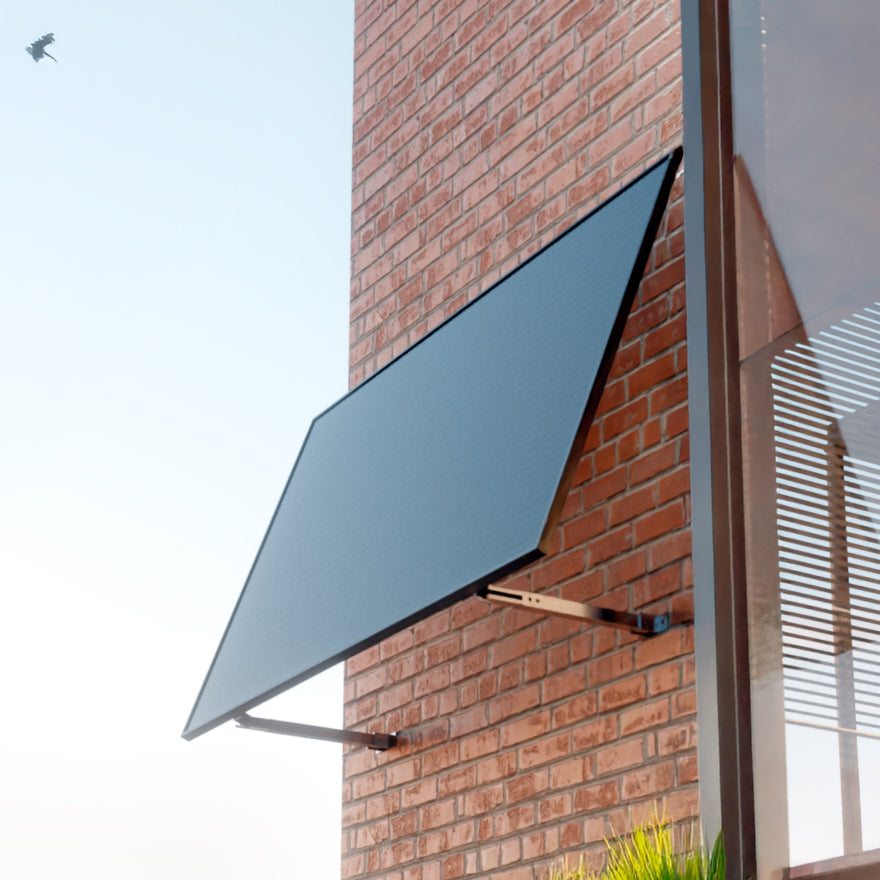
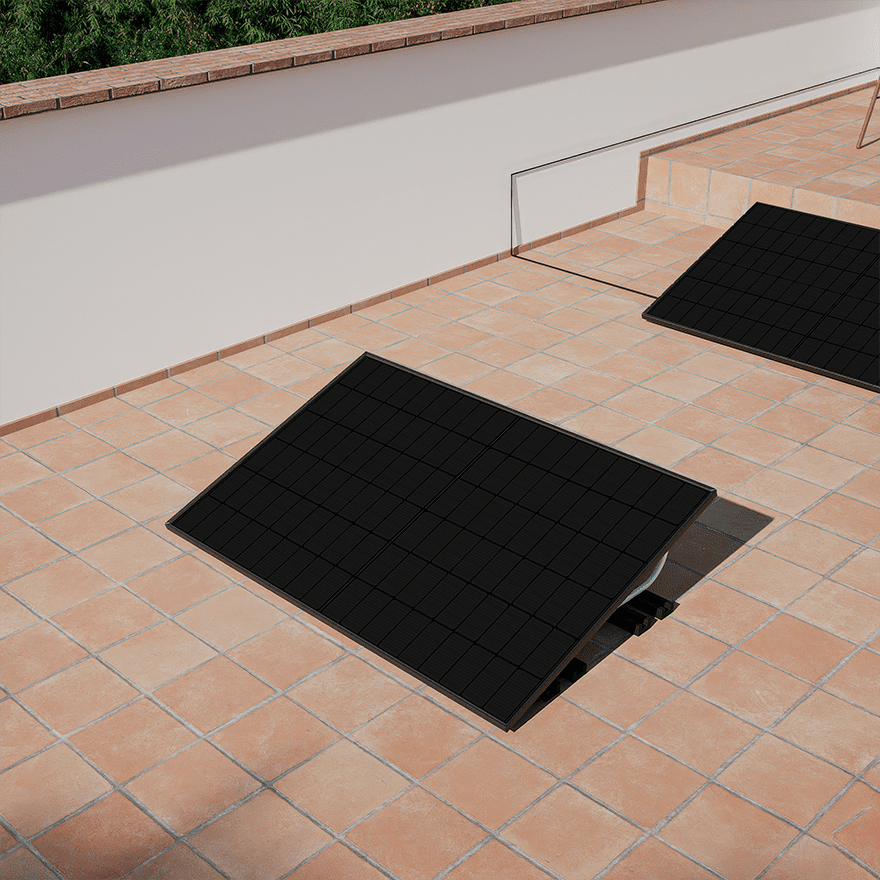
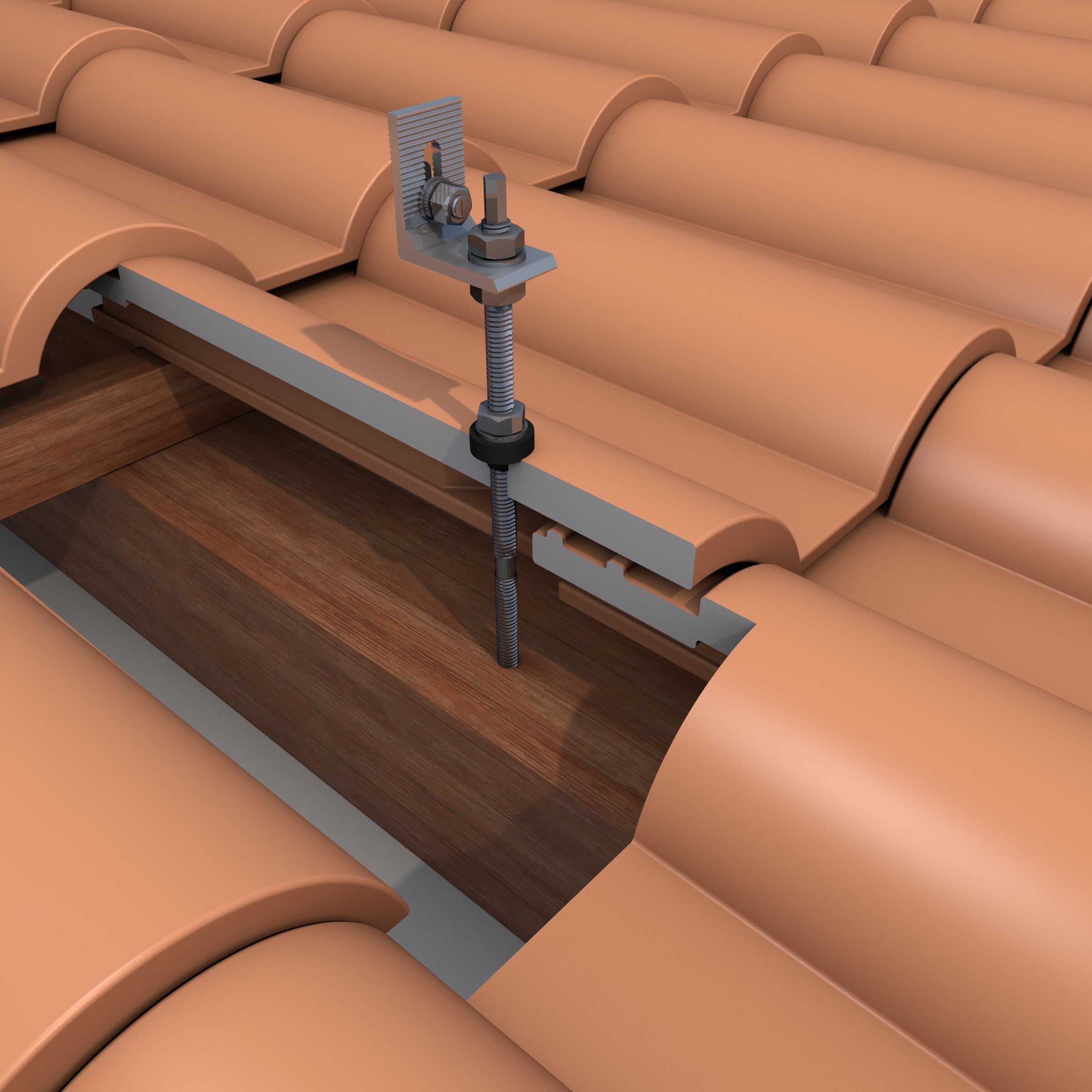

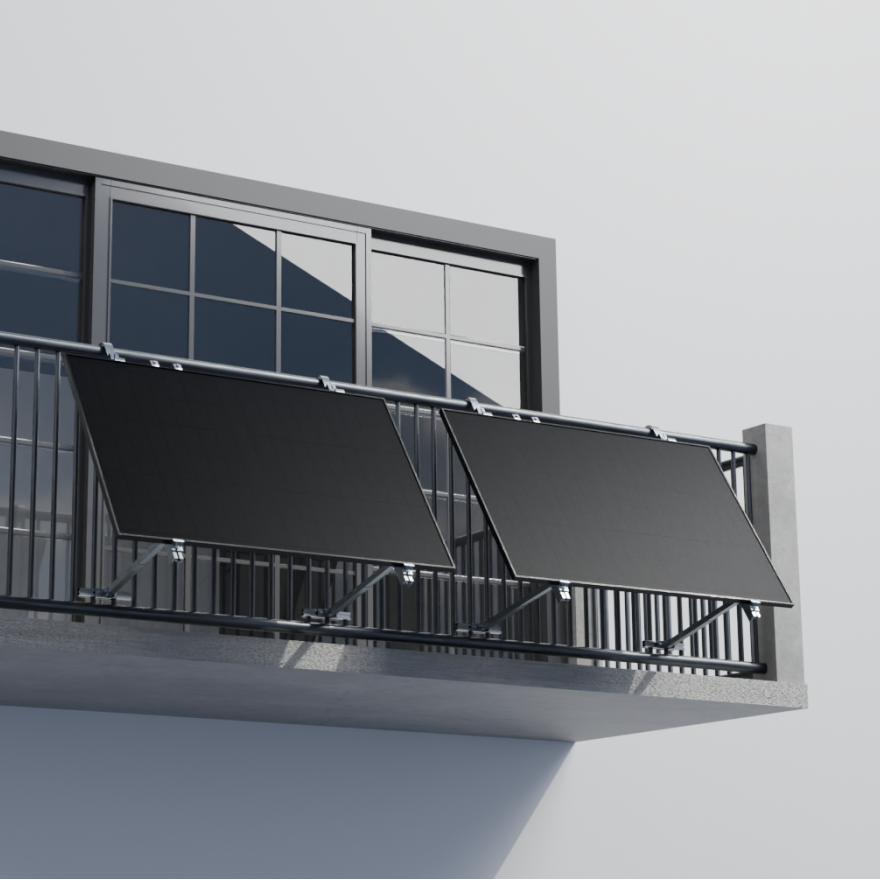
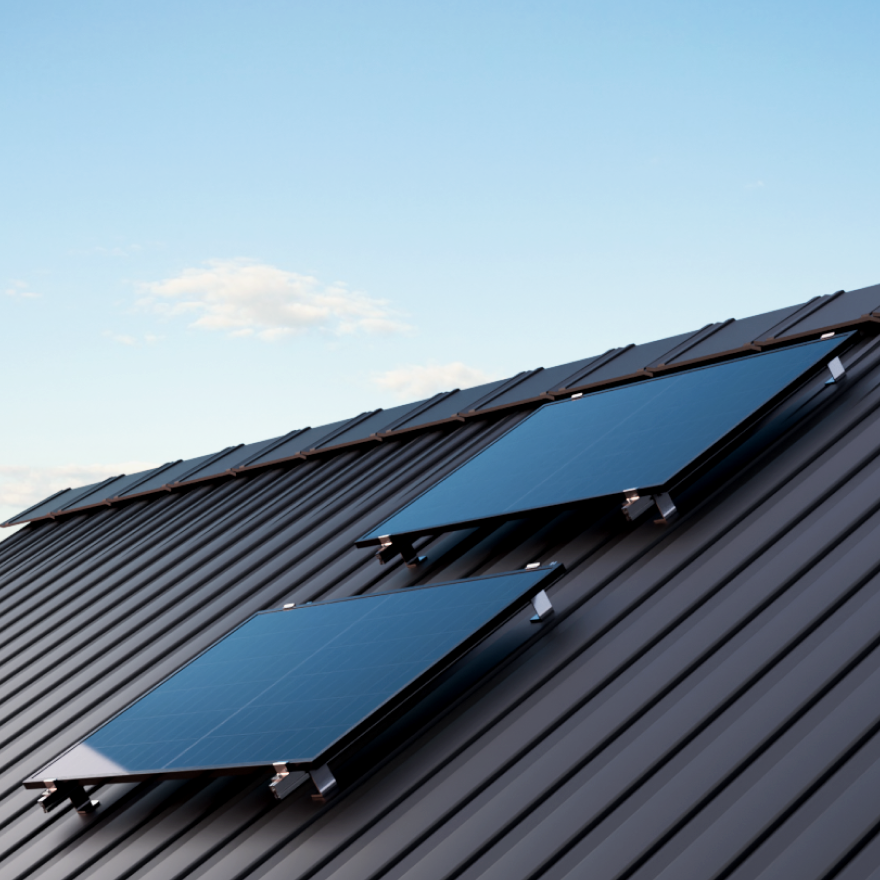
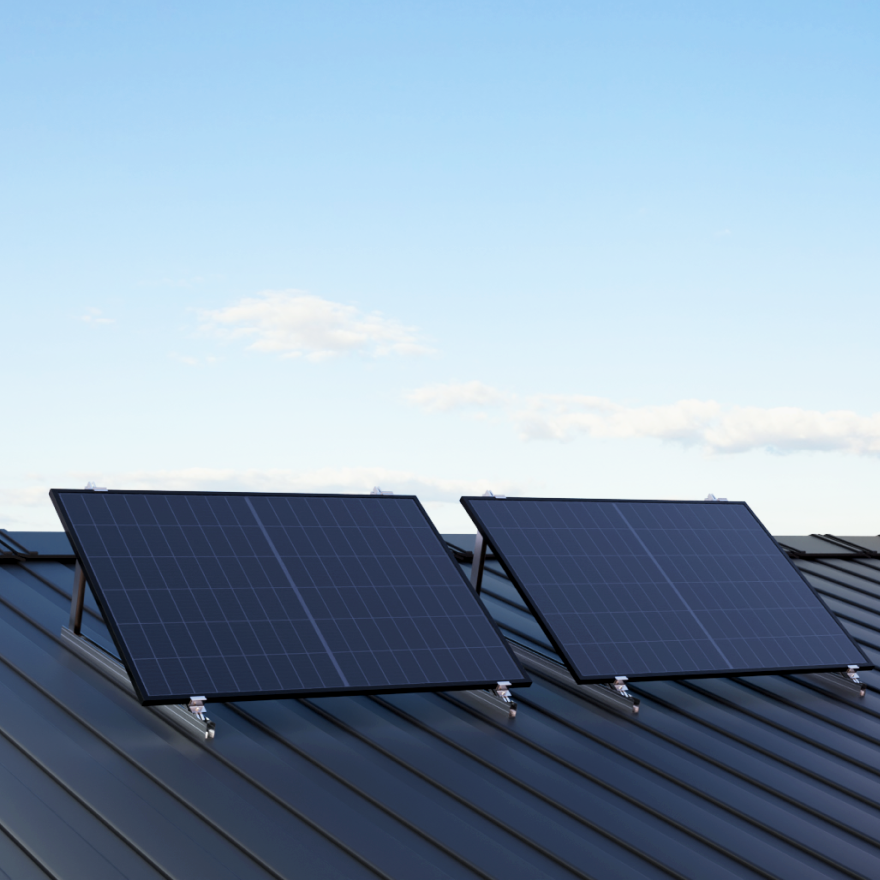
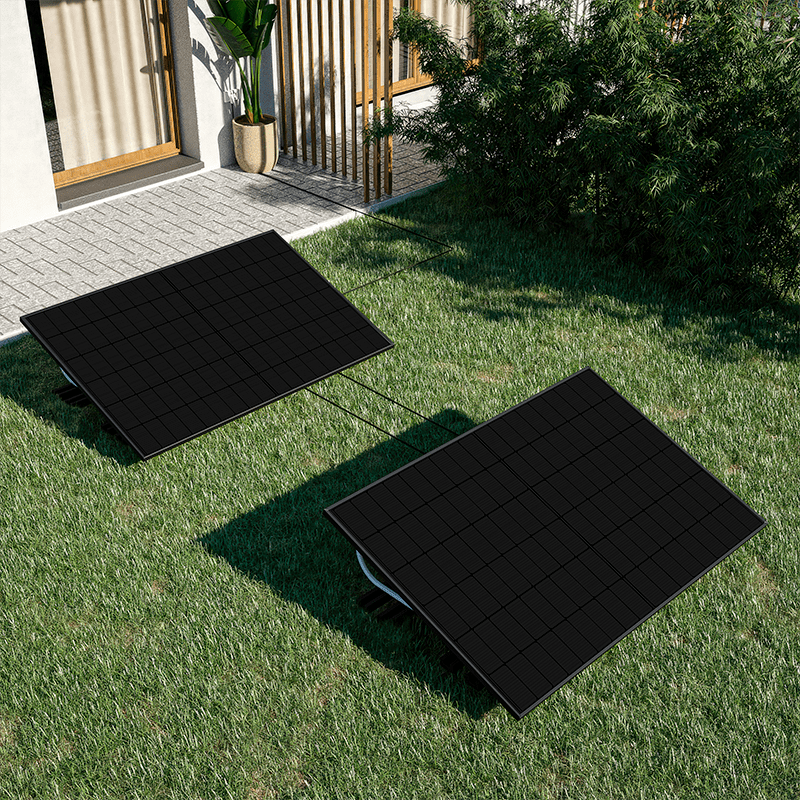
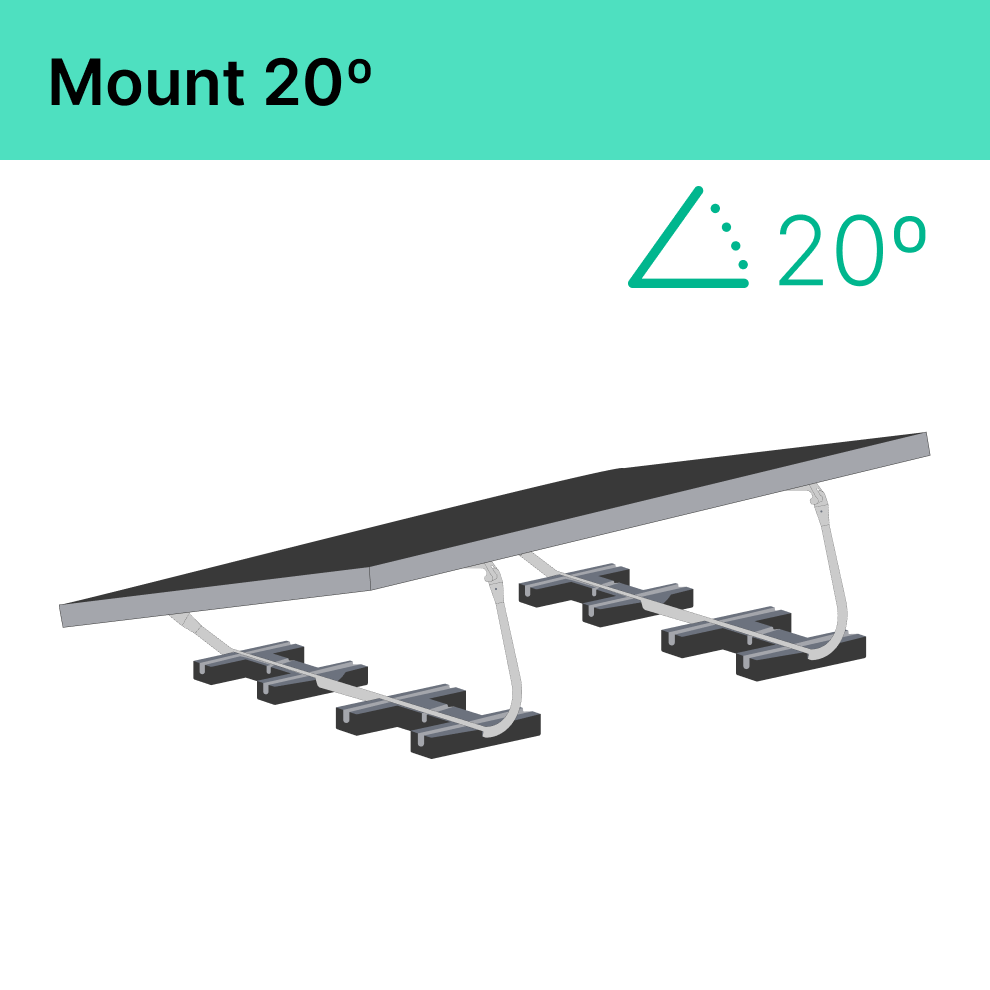
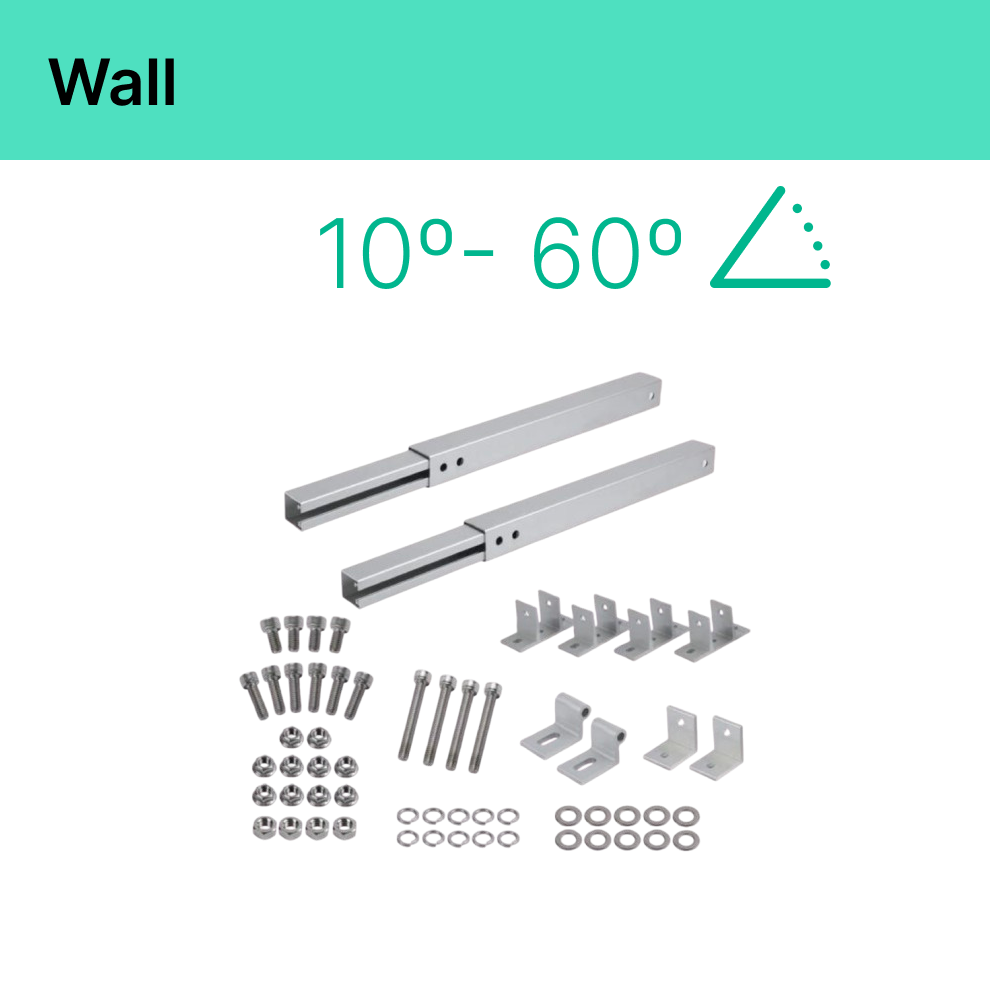
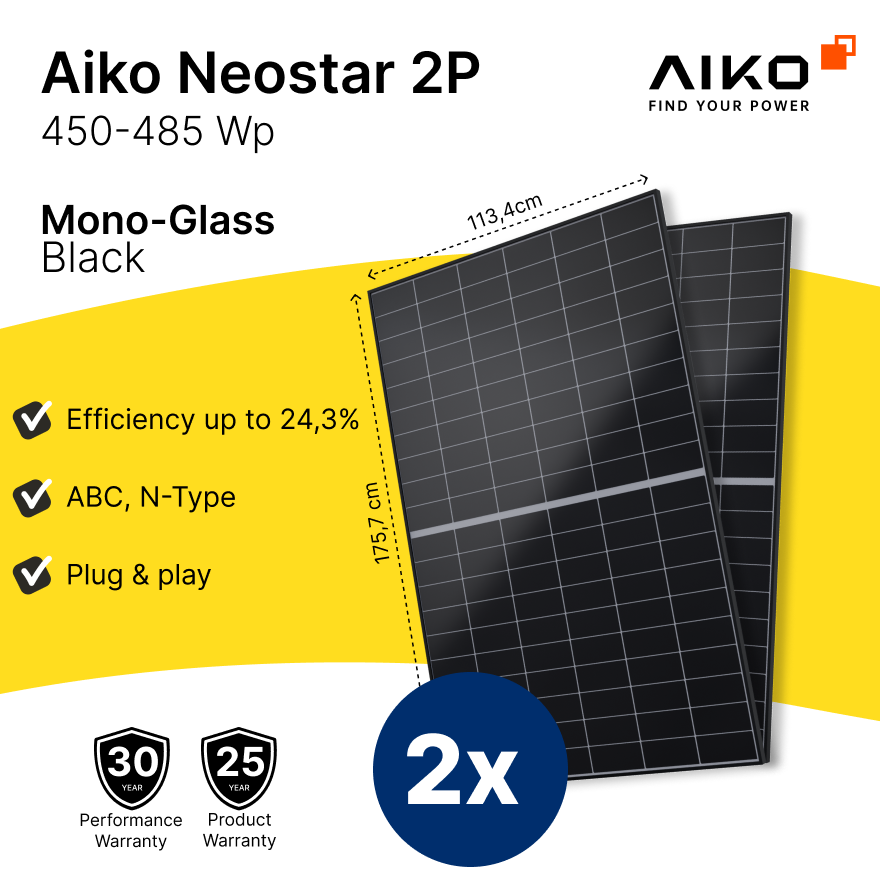
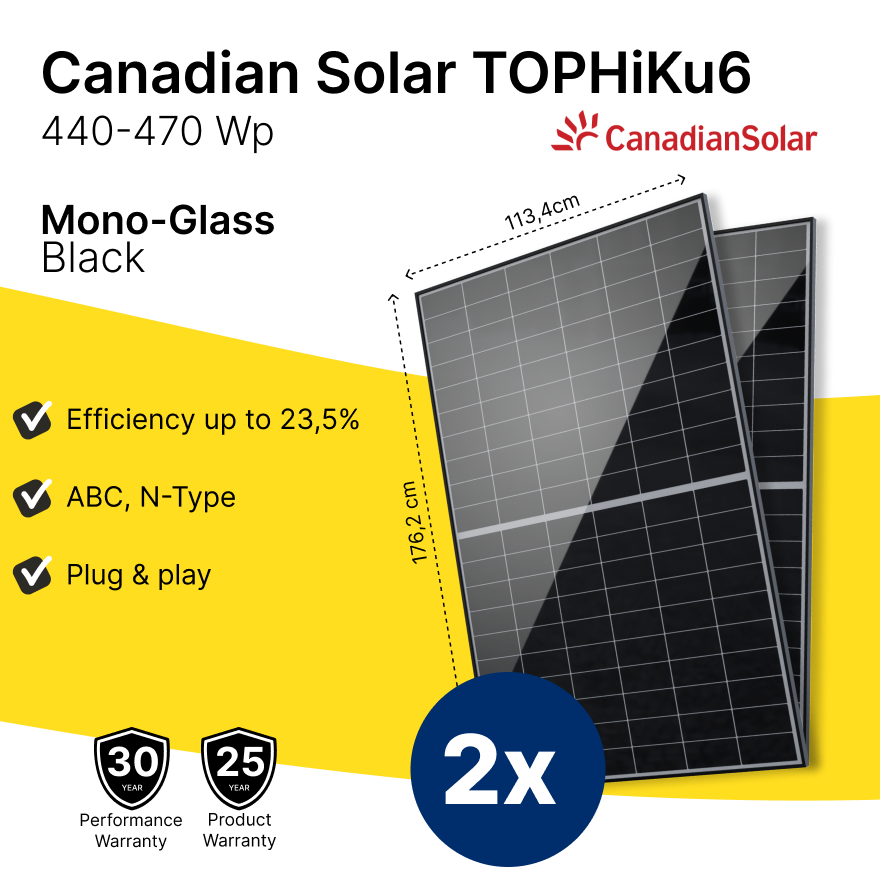
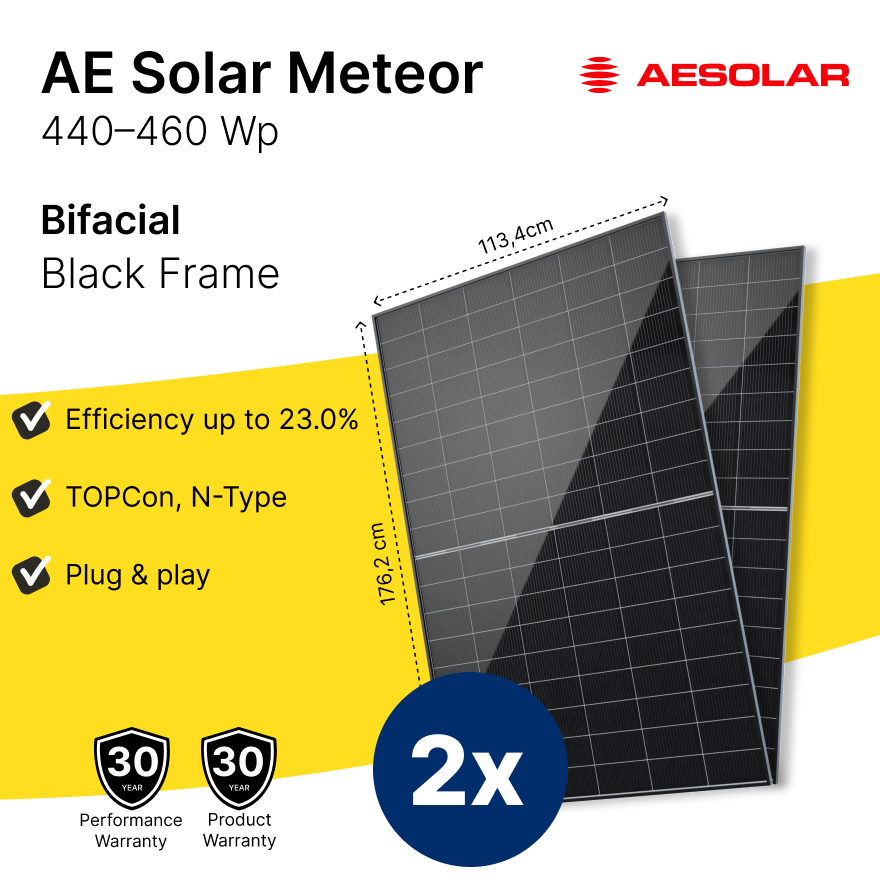
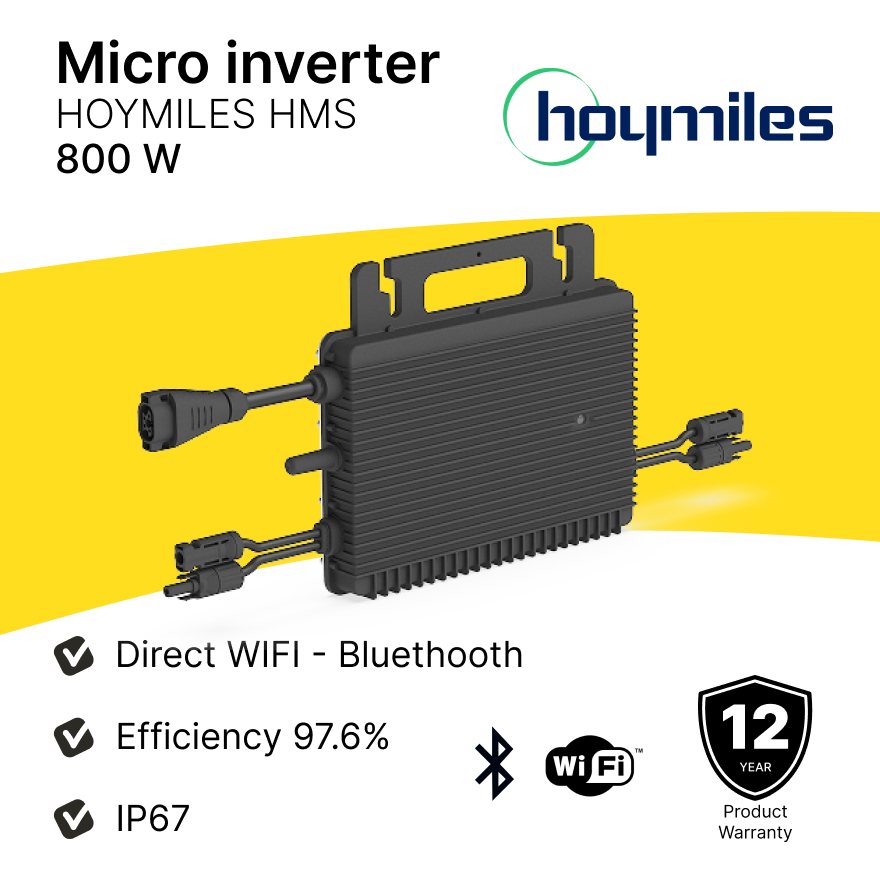

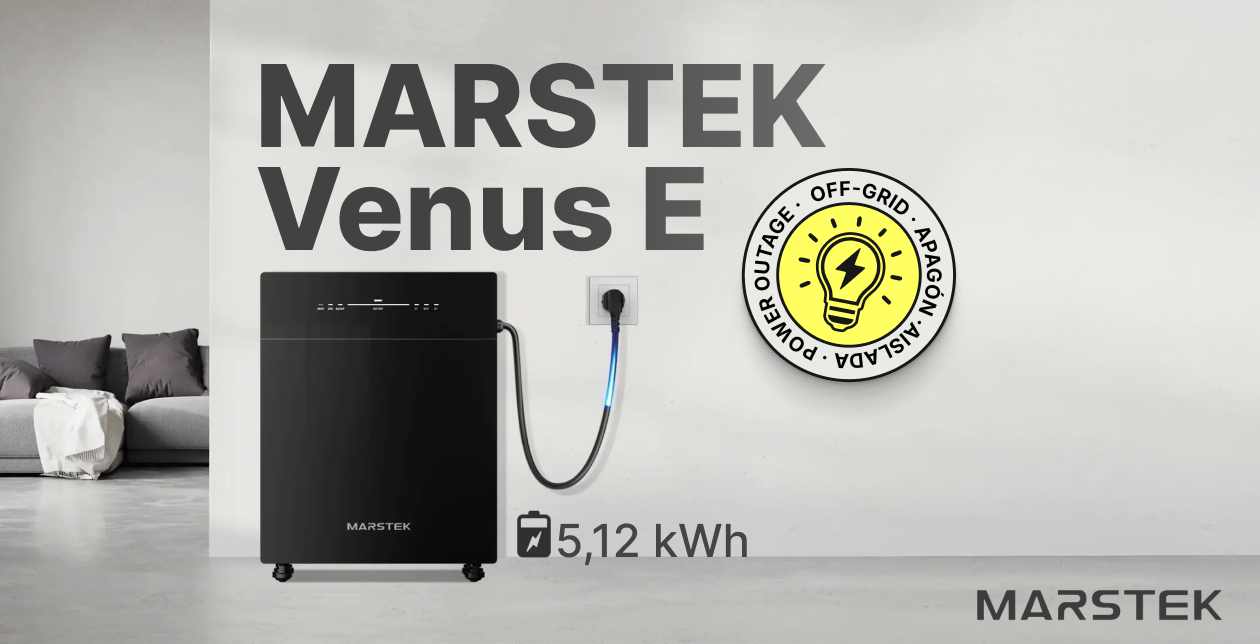
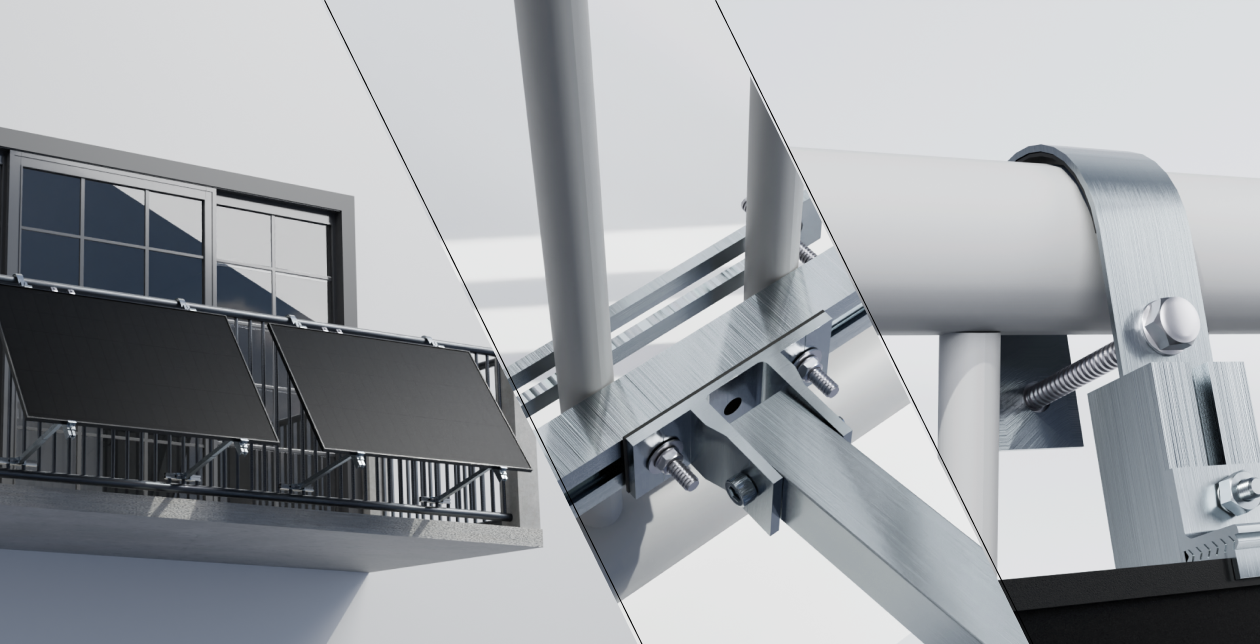
Commenta
Questo sito è protetto da hCaptcha e applica le Norme sulla privacy e i Termini di servizio di hCaptcha.